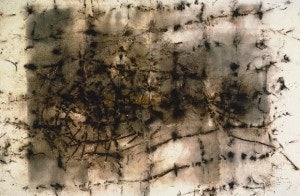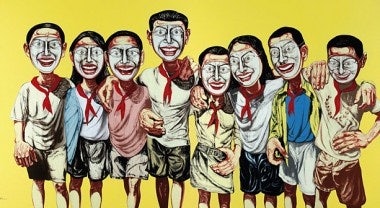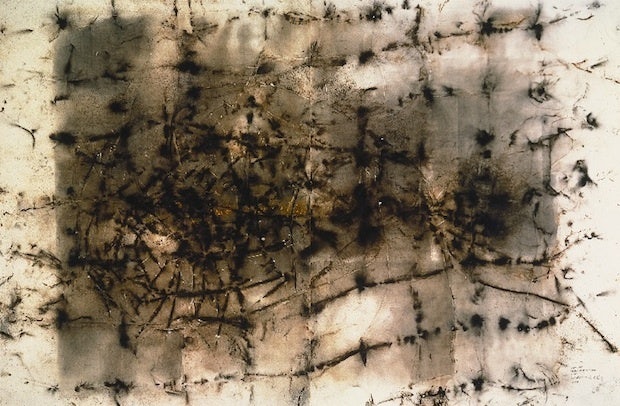"Even At An Auction, They Don't Want To Waste Time"#

Coming off the recent success of Sotheby's spring auction series in Hong Kong, this week Britain's Guardian takes a look at China's emerging class of art collectors and investors. Emerging seemingly out of nowhere in the last decade, this group of wealthy buyers has scoured the globe for every rare imperial antique, top-quality piece of Chinese contemporary art, and historical ink painting they can get their hands on, in the process becoming one of the world's most distinctive buyer segments. In recent years, the Guardian notes, Chinese buyers have essentially been "redrawing the maps," with Artprice recently announcing that the volume of fine art sales at public auctions in mainland China accounted for 41 percent of the global market in 2011, making it -- as Jing Daily wrote last month -- the largest art market in the world.
What all of this comes back to is the critical importance of this new buyer demographic to major global auction houses. As Guillaume Cerutti, head of Sotheby's France, said of the emergence of Chinese collectors on the world stage, "It's the biggest thing in the art world in 20 years. We have moved from a standoff between the United States and Europe, to a three-cornered confrontation, making it a truly global market."
Indeed, the buying habits of China's new collectors are adding a dose of diversity to the usual chart-topping set of auction stars. Among the most expensive works by living artists sold at auction in 2011, three Chinese artists -- traditionalist Cui Ruzhou and blue-chip painters Zhang Xiaogang and Zeng Fanzhi -- sit alongside the likes of Damien Hirst and Jeff Koons. So what's fueling this appetite for acquisition? The Guardian chimes in:
The main reason the art market in China is booming is because there are more and more dollar millionaires – 1.1 million in 2011, according to the Boston Consulting Group. But this poses a challenge for Christie's and Sotheby's, which have dominated the world market for years. It is a godsend too. The two auction houses are not allowed to organise sales in the People's Republic, but they have cornered the Hong Kong market, a key centre for Chinese art. Buyers from the mainland now account for 40% of sales by Sotheby's Asia, up from 4% barely five years ago.
The two companies pride themselves on their expertise, which enables them to control "all the top quality Chinese art", says Ching.
Although they cannot sell in mainland China, the two companies can exhibit in leading hotels in Beijing and Shanghai, tempting buyers to attend auctions elsewhere. Sotheby's has just staged its first show in Chengdu and now produces its websites and print catalogues in Mandarin Chinese, as does Christie's. "For the past two years we have had a Chinese concierge and staff who speak the language to take care of Chinese clients visiting London or New York," says François Curiel, head of Christie's Hong Kong.

As Jing Daily regularly points out, another major distinguishing factor of China's booming art market is the disappointment many wealthy Chinese feel with the other limited investment options they have at their disposal. Having little faith in the stock market and less of an appetite for risky property investments, the number of new Chinese collectors on the scene has ballooned in the last three years. As billionaire investor and Chinese contemporary art "super-collector" Liu Yiqian predicted last year,
[In the next few years,] we’ll see more and more new collectors enter the market. Over the past five years, there were only a few collectors involved with [the Chinese art] market, and we were therefore quite familiar with buyers as well as sellers. But this situation has changed this year, as half of the buyers are even new to me.
I guess I’ll only know less than one-fifth of the players in this area in the next five years.
Though China's emergence as one of the world's most important auction markets is undoubtedly one of the key developments in the global art world in recent memory, this doesn't mean it is without its issues. The speed with which the market exploded over the past five years means growing pains are becoming highly apparent, particularly at domestic auction houses like China Guardian and Beijing Poly, as well as the innumerable tiny companies springing up all over the Mainland. As we recently noted, if China's position as the world's largest art market will be accompanied by greater trustworthiness, peripheral issues, which run the gamut from the proliferation of counterfeits at Chinese auction houses to non-payment for multi-million-dollar lots at auction, must be dealt with.
